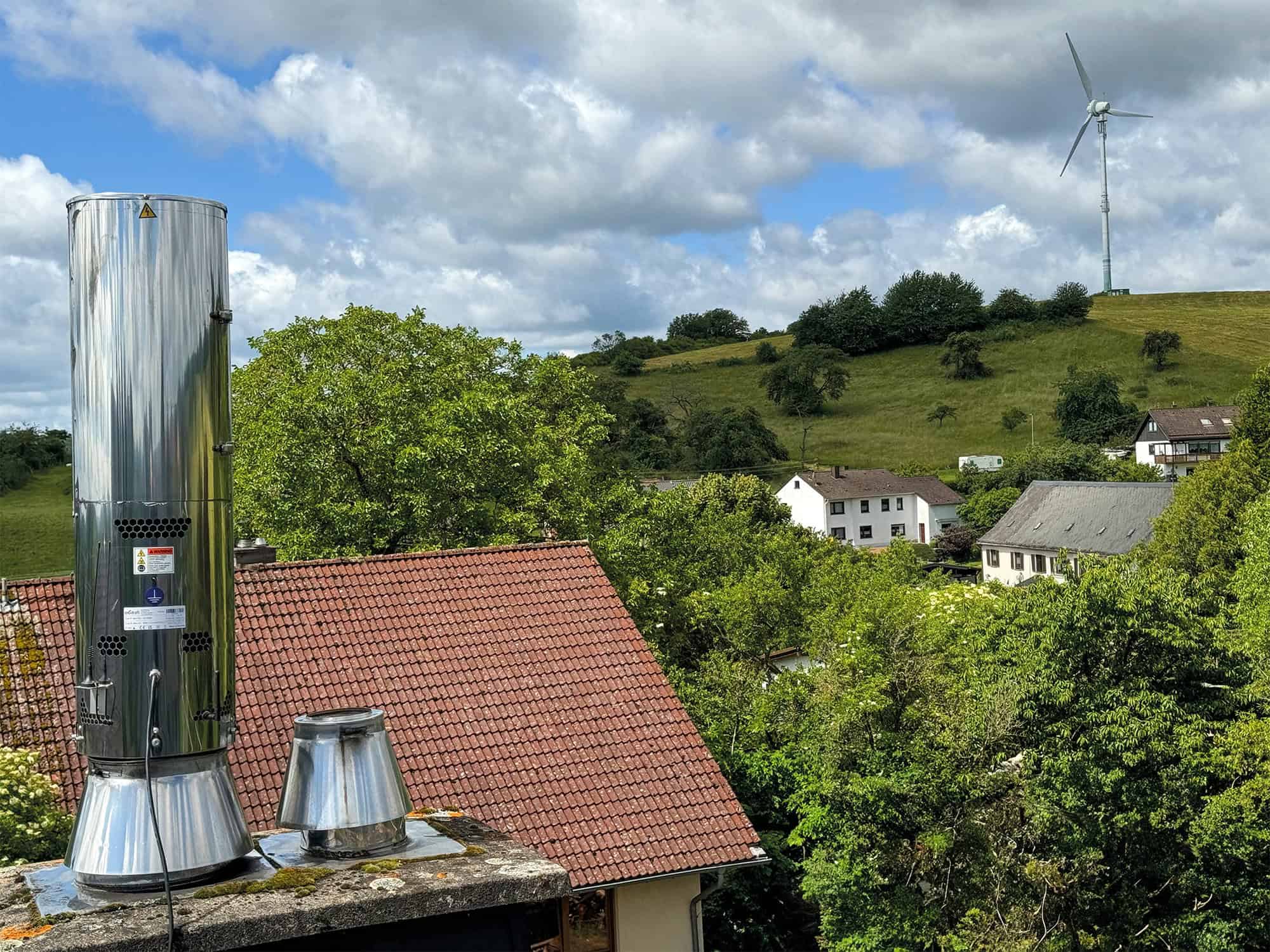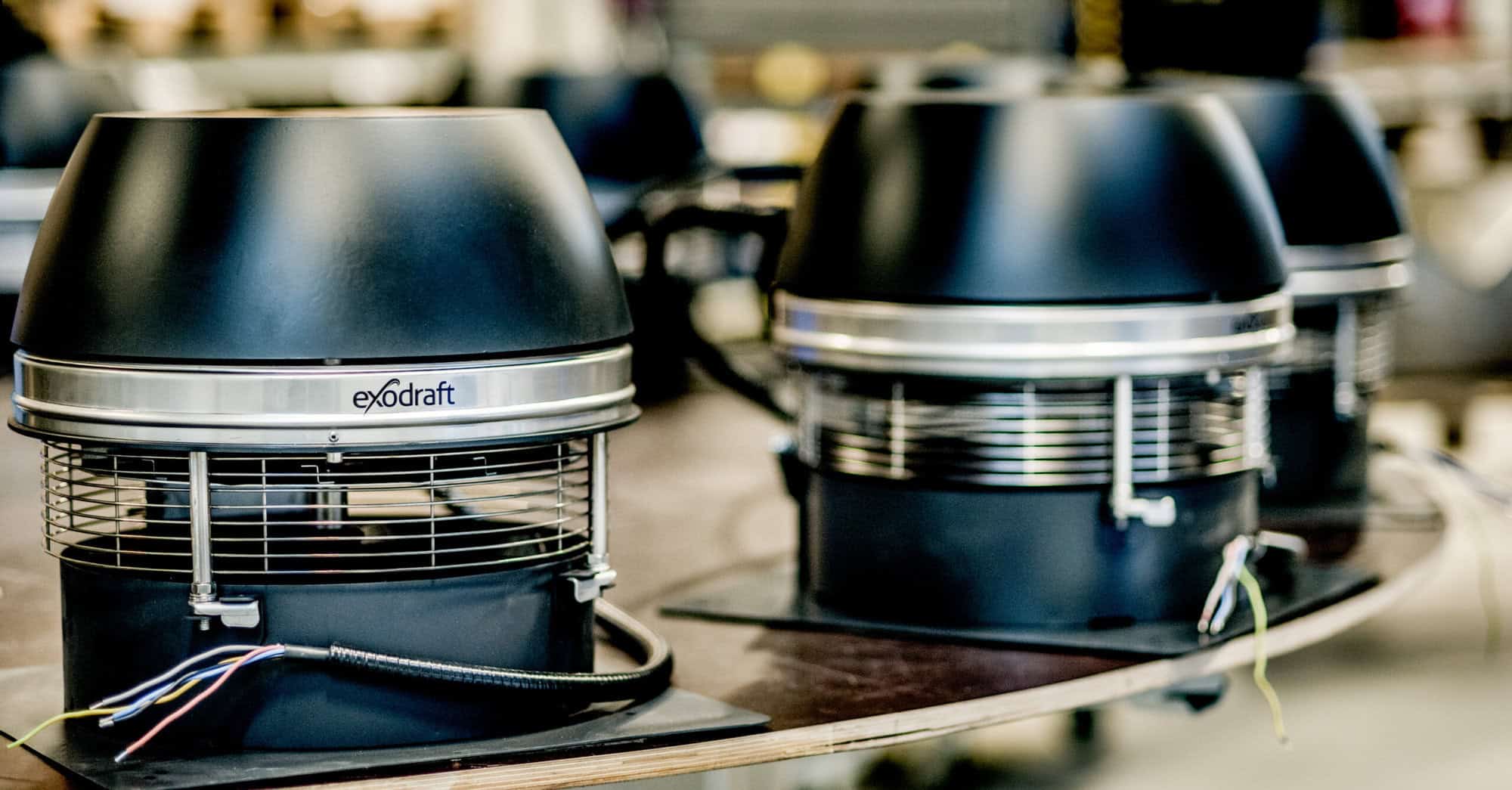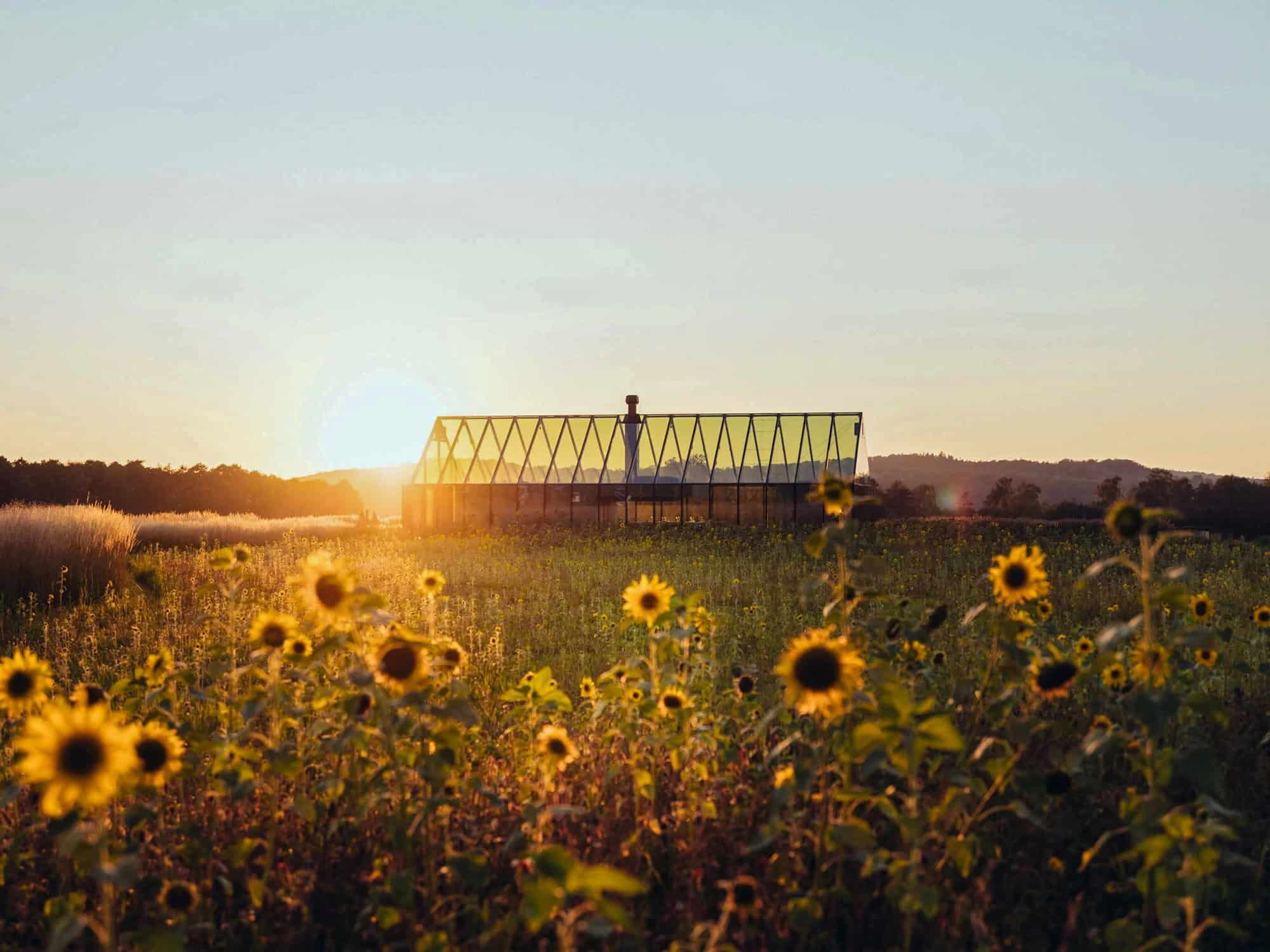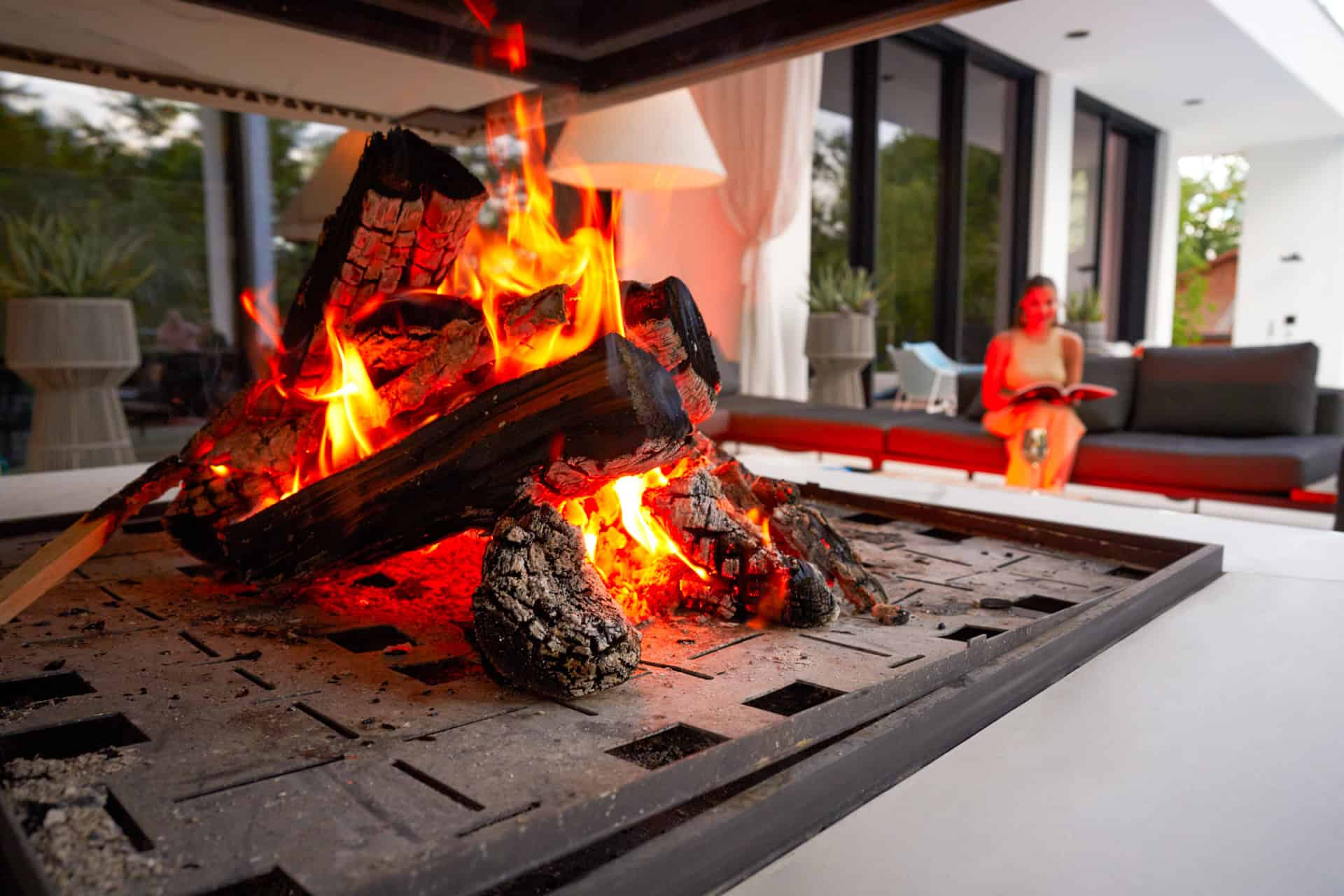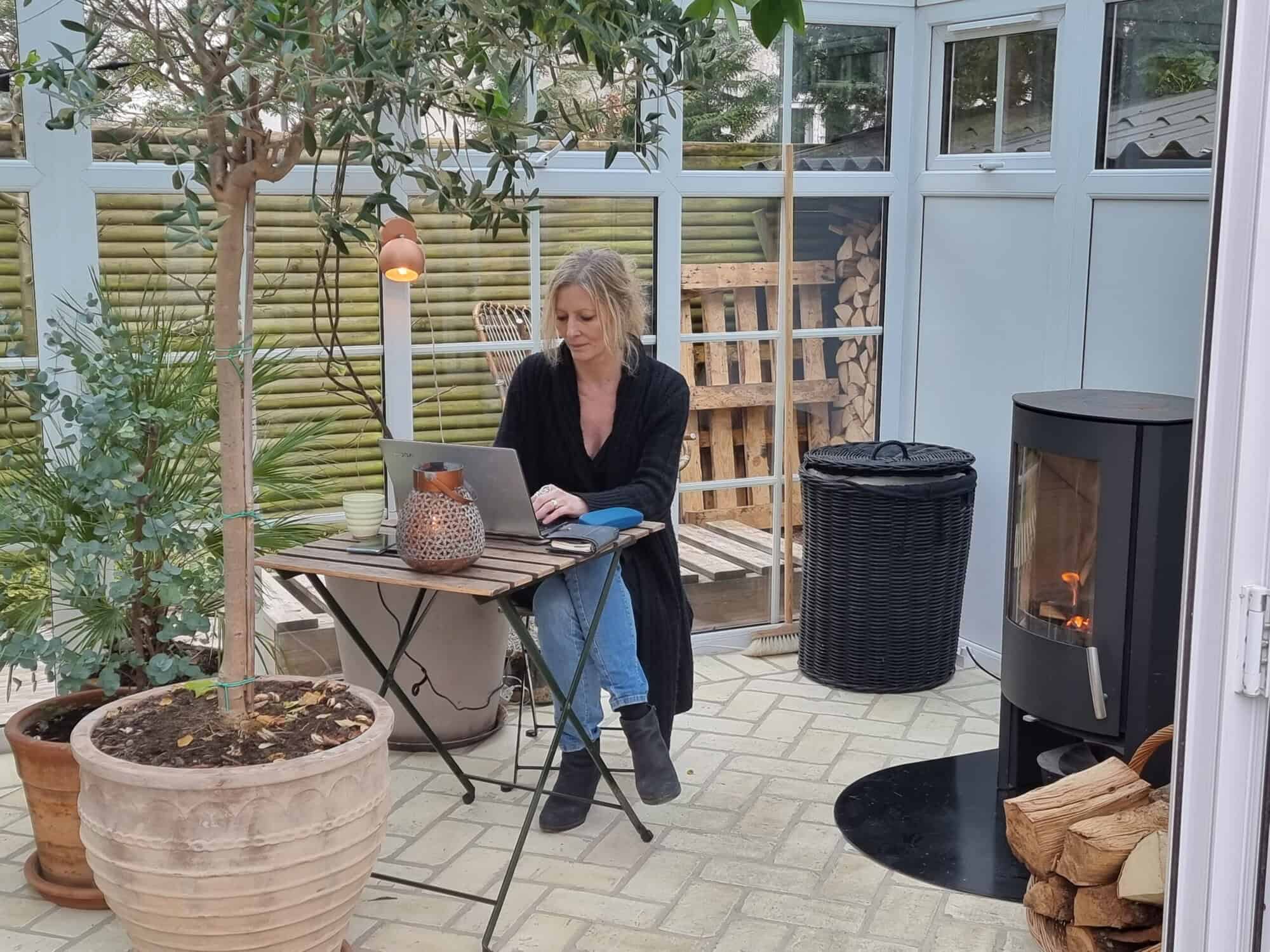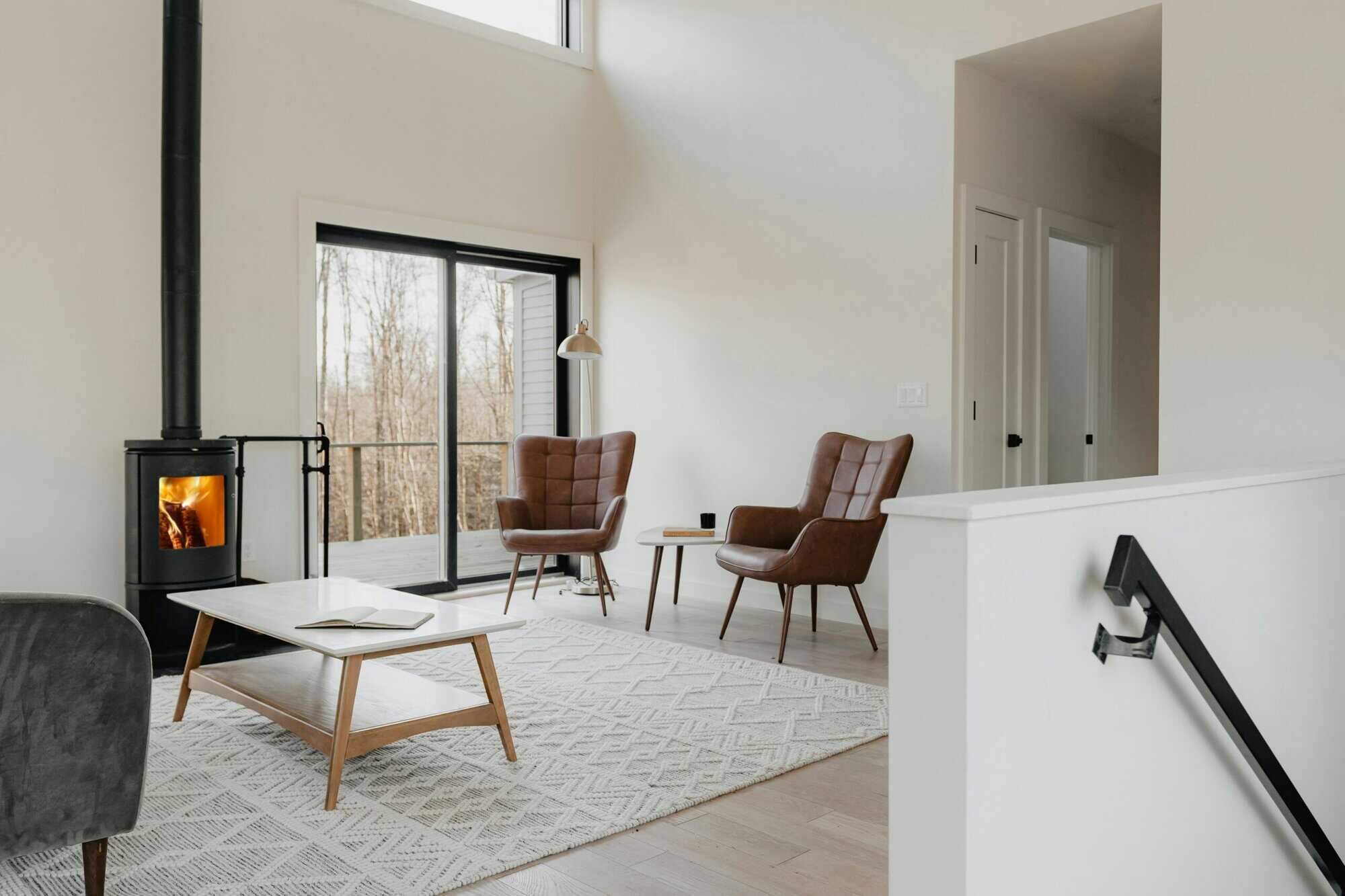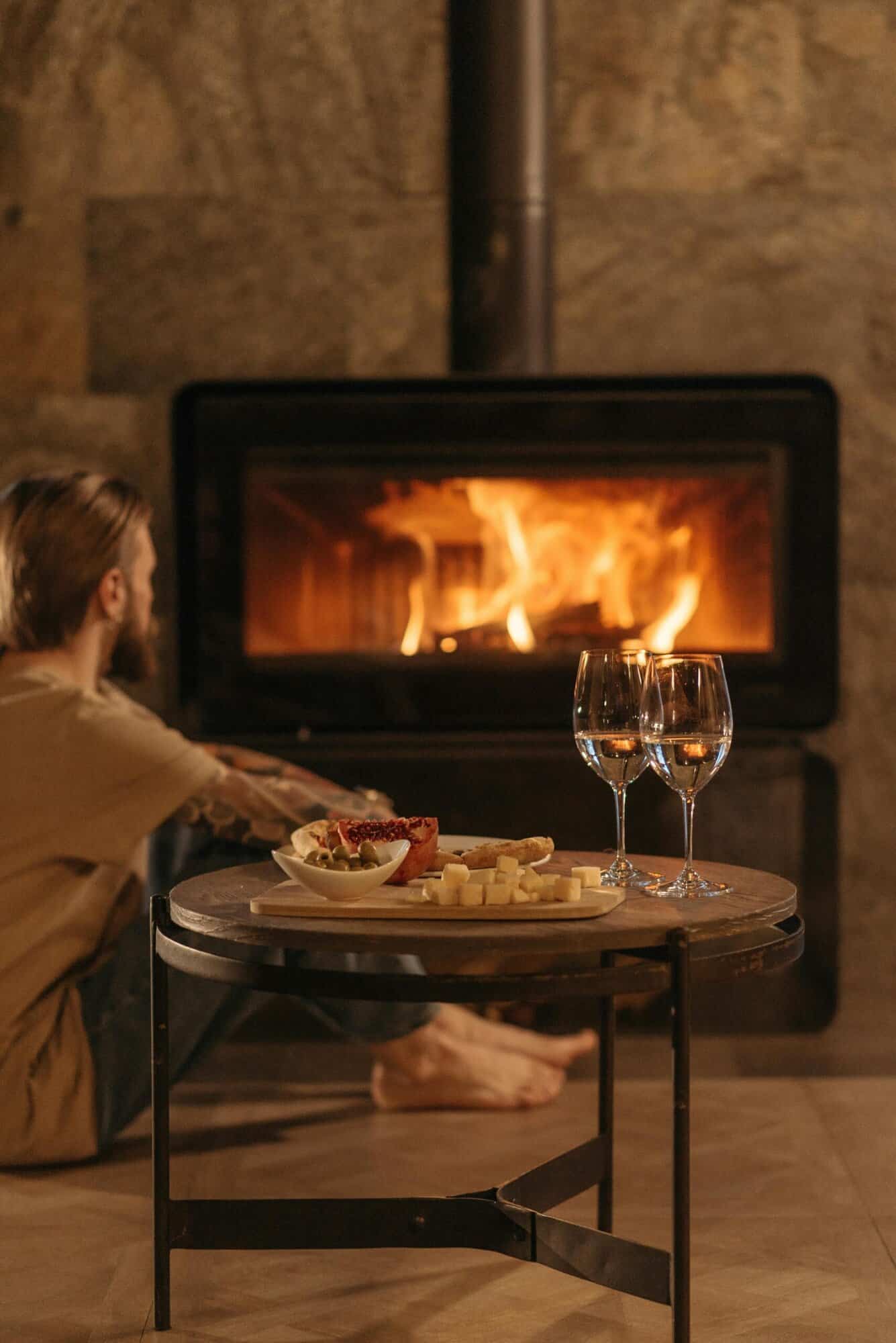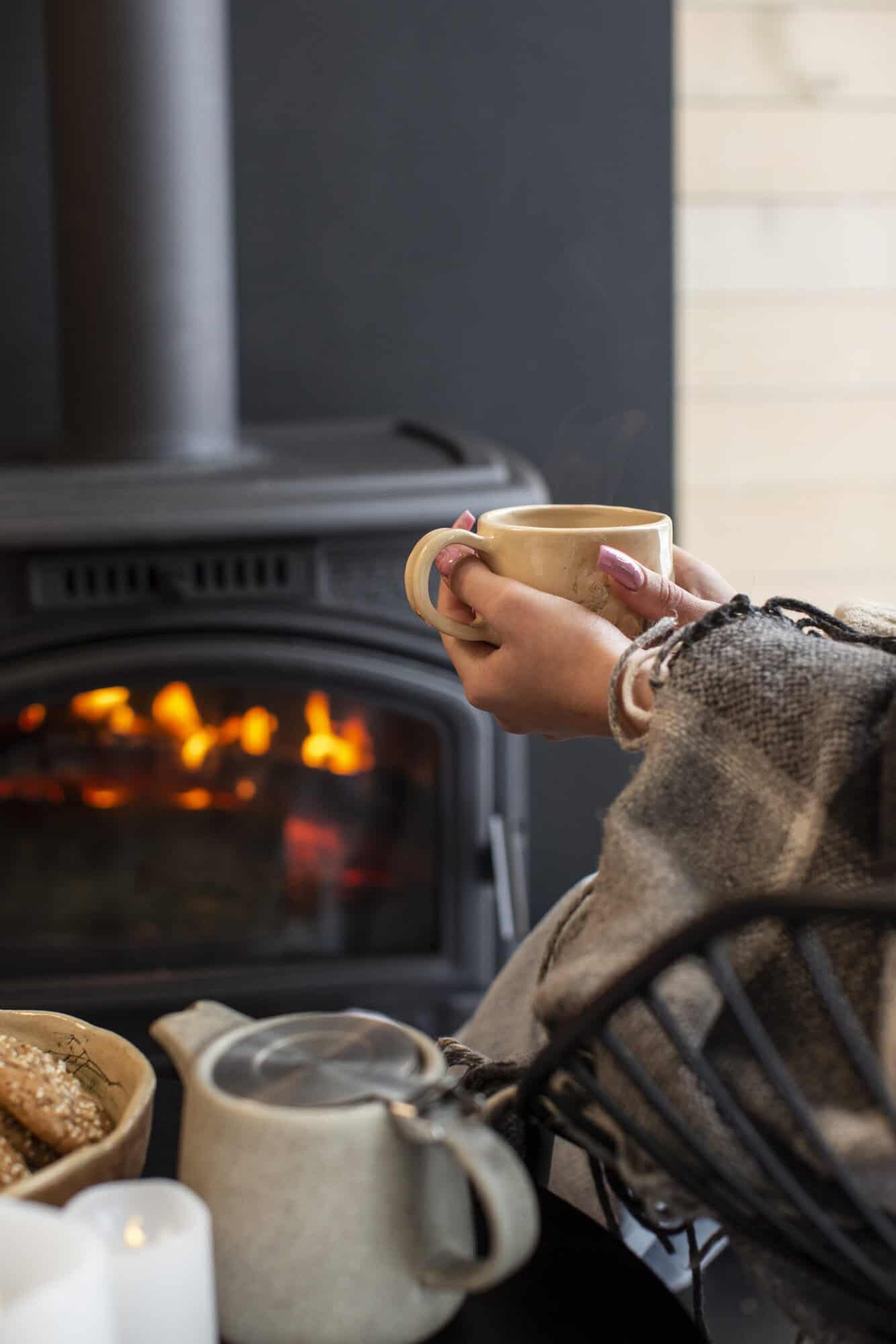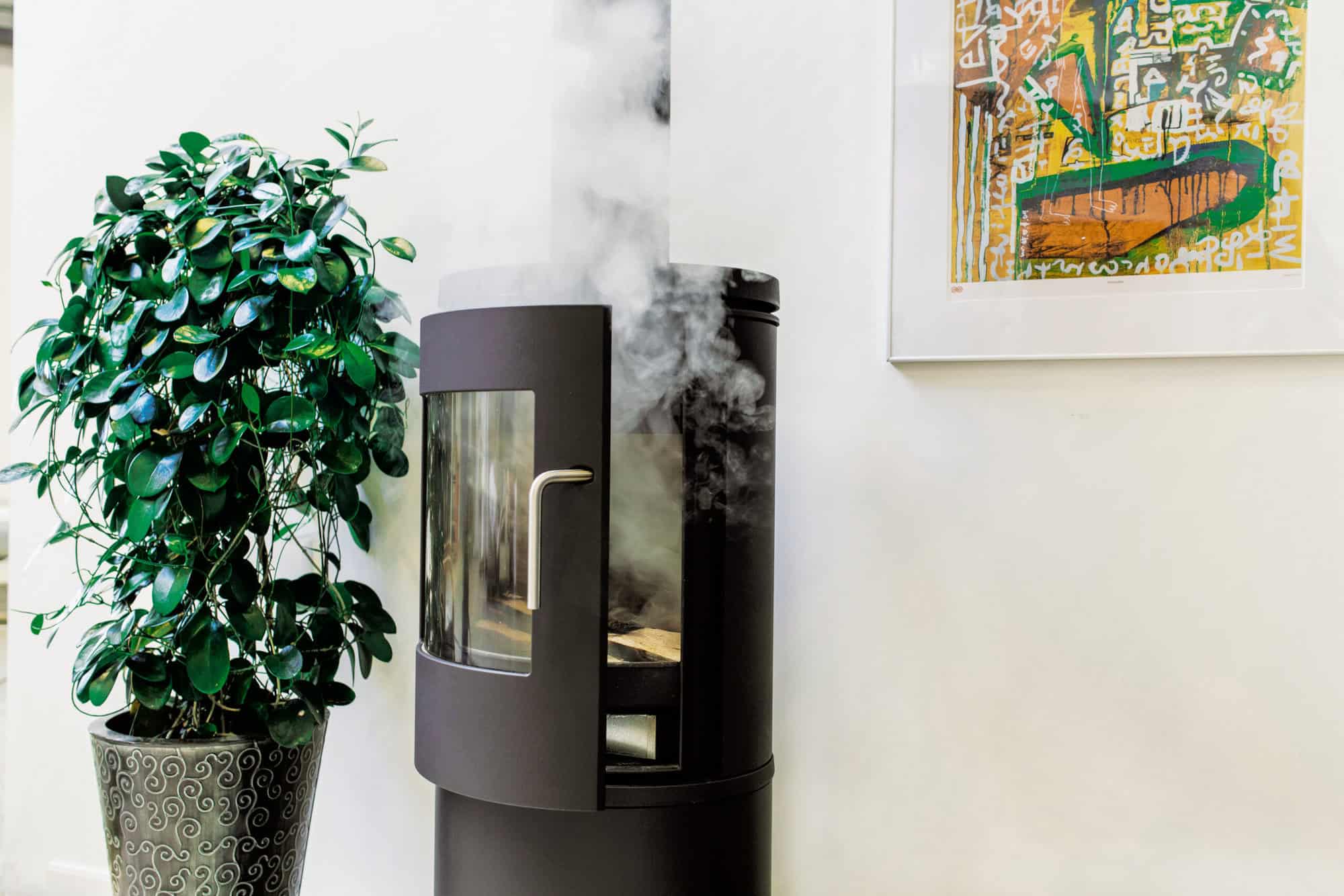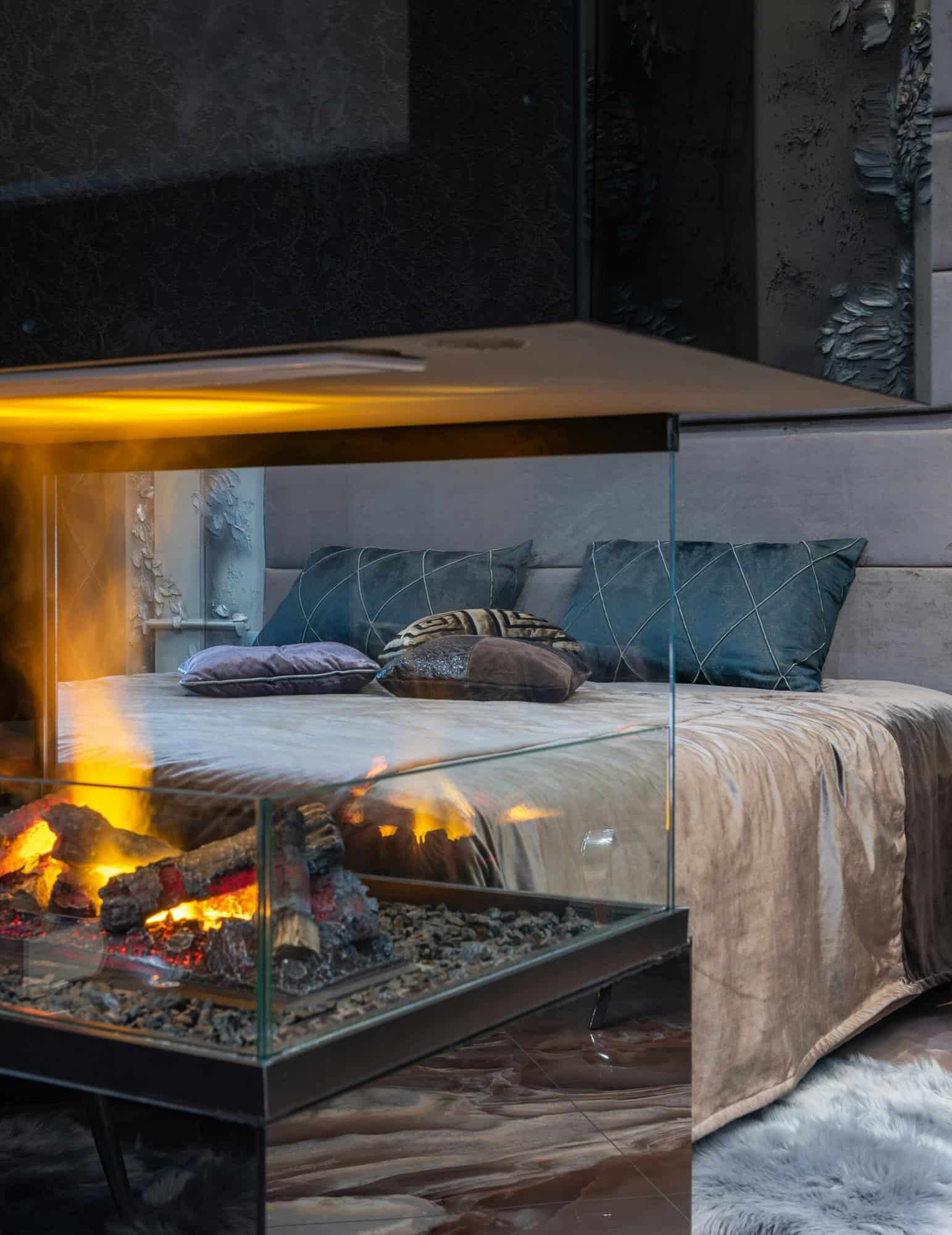Article
26. juni 2025 · 6 min
Is It Unhealthy to Have a Wood Stove?
Are wood stoves bad for your health? Learn how fine particles and carbon monoxide from wood burning affect indoor air quality — and discover how chimney fans, filters, and good practices can make wood stoves a safe and healthy heating choice.
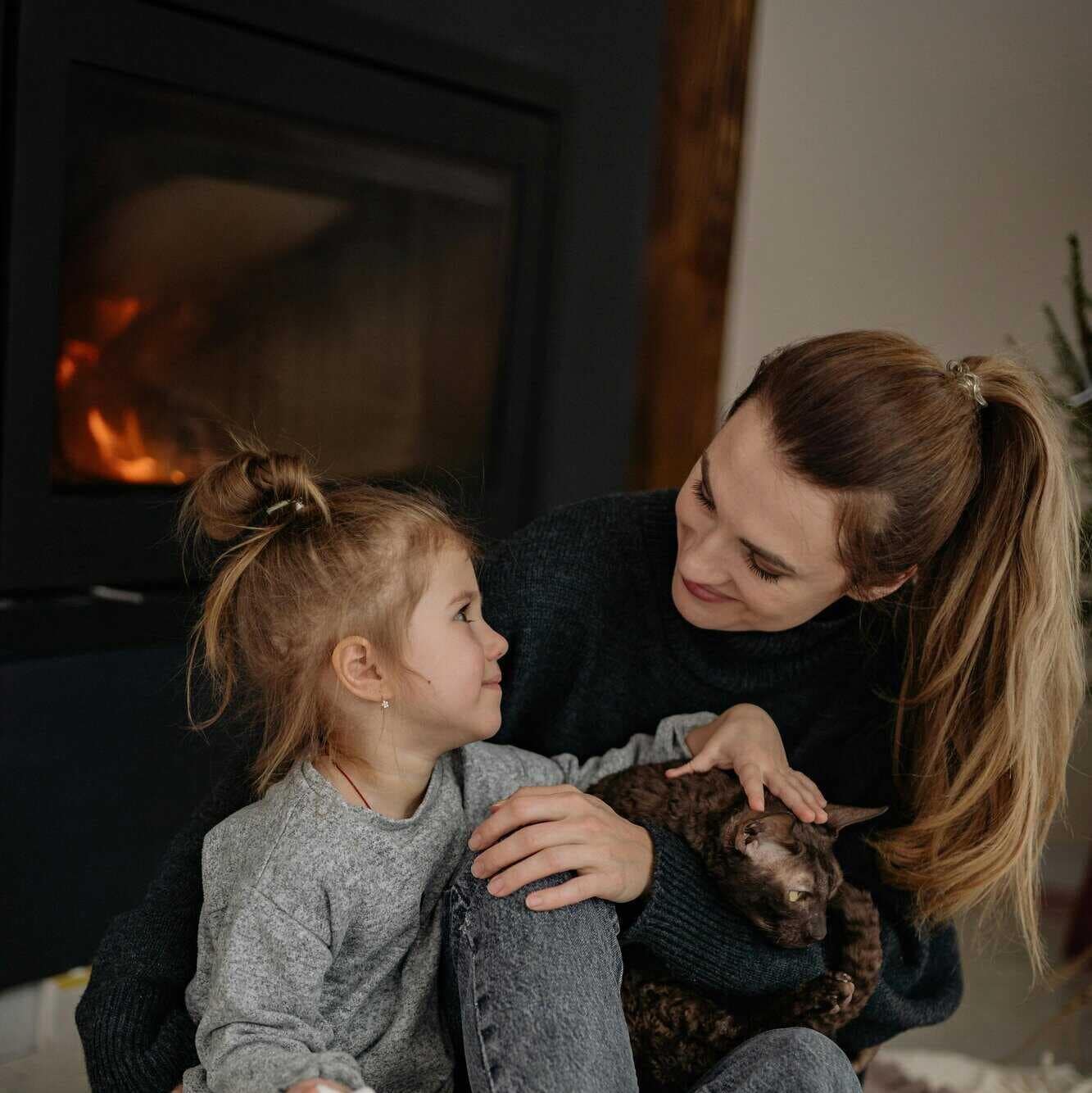
Wood stoves have been a popular heating solution for centuries, offering warmth, efficiency, and a cosy atmosphere. However, concerns about air pollution and health risks have raised questions about whether wood-burning stoves are safe to use in modern homes.
While wood stoves provide an independent and renewable heating source, they also release fine particles and gases that can affect indoor air quality. These emissions, if not properly controlled, may pose health risks, particularly for people with respiratory conditions.
So, does having a wood stove automatically mean poor air quality and health risks? Not necessarily. With proper maintenance, correct chimney draft, and modern filtration technology, a wood stove can remain a safe and efficient heating option.
How Wood Stoves Affect Air Quality and Health
Wood stoves burn natural fuel, but their emissions can impact indoor and outdoor air quality if not properly managed. The two biggest concerns are fine particle pollution (PM2.5 and PM0.1) and carbon monoxide (CO) exposure.
Fine Particle Pollution and Respiratory Risks
When wood burns, it releases tiny airborne particles known as PM2.5 and ultrafine particles (PM0.1). These microscopic pollutants can:
- Penetrate deep into the lungs and even enter the bloodstream.
- Worsen conditions like asthma, bronchitis, and other respiratory diseases.
- Increase the risk of cardiovascular issues with long-term exposure.
Even in homes where the stove is properly installed, small leaks, poor ventilation, or inefficient combustion can lead to increased particle levels indoors.
Carbon Monoxide: The Silent Danger
Unlike wood smoke, carbon monoxide (CO) is invisible and odourless, making it one of the biggest hidden dangers of wood burning. CO exposure can cause:
- Mild symptoms like headaches, dizziness, and fatigue.
- Severe poisoning, leading to confusion, unconsciousness, or worse.
CO is produced when wood does not burn completely—often due to poor chimney draft, lack of oxygen, or blockages in the flue.
Who Is Most at Risk?
While anyone can be affected by poor air quality from wood smoke, certain groups are more vulnerable:
- Children and the elderly, as their respiratory systems are more sensitive.
- People with asthma or lung disease, as fine particles can trigger attacks.
- Individuals with heart conditions, since air pollution has been linked to cardiovascular stress.
Fortunately, these risks can be significantly reduced with proper chimney draft, filtration, and correct burning techniques.
How to Make Wood Burning Safer
While wood stoves do produce emissions, proper installation, maintenance, and modern technology can significantly reduce health risks. Ensuring good chimney draft, effective smoke evacuation, and air filtration makes all the difference in creating a safer indoor environment.
The Importance of Proper Chimney Draft and Ventilation
A strong and stable chimney draft ensures that smoke and gases are properly vented outside. Poor draft can cause smoke to linger inside the stove or even leak into the home, increasing exposure to harmful particles and carbon monoxide. Draft problems often arise due to:
- A chimney that is too short, reducing its ability to pull smoke upwards.
- Obstructions like soot or creosote buildup, restricting airflow.
- Negative pressure inside the home, pulling smoke back down the flue.
Ensuring that the chimney is properly maintained and has adequate height is key to preventing smoke issues.
Installing a Chimney Fan to Optimise Smoke Evacuation
A chimney fan is one of the most effective ways to improve chimney draft and prevent smoke from leaking into the home. It:
- Ensures consistent upward airflow, even in poor weather conditions.
- Prevents backdrafts caused by negative pressure.
- Helps wood burn more efficiently, reducing smoke and CO emissions.
By stabilising airflow, a chimney fan enhances combustion efficiency, leading to cleaner burning and lower emissions.
Using a Particle Filter to Remove Fine and Ultrafine Particles
Even with a strong chimney draft, fine particles can still be released into the air. A particle filter effectively reduces 95% of fine and ultrafine harmful particles, ensuring that:
- Indoor and outdoor air pollution is significantly reduced.
- Households meet stricter environmental regulations in urban areas.
- Vulnerable individuals are protected from excessive smoke exposure.
By combining proper ventilation, a chimney fan, and a particle filter, wood-burning stoves can remain a safe and sustainable heating option without compromising air quality.
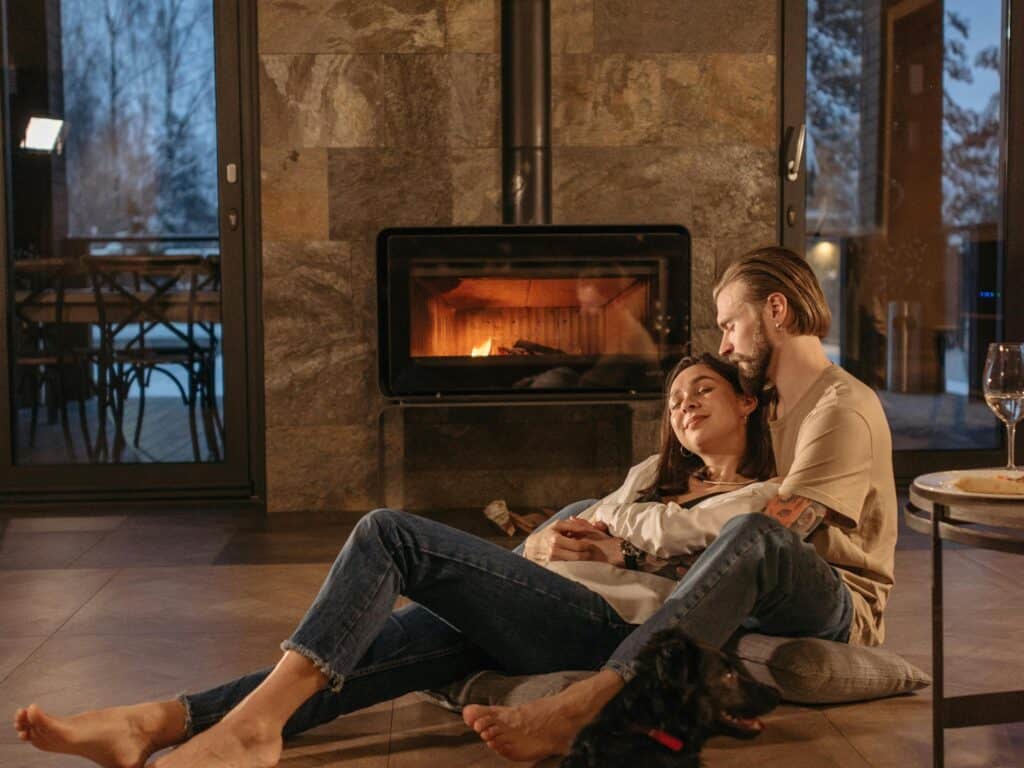
Best Practices for Reducing Health Risks
Beyond improving chimney draft and filtration, homeowners can take additional steps to make their wood-burning stove as safe and efficient as possible. Proper fuel selection, routine maintenance, and ventilation adjustments can significantly reduce emissions and ensure a healthier indoor environment.
Choosing the Right Firewood for Cleaner Combustion
The type of wood burned has a major impact on emissions and air quality. To reduce smoke and harmful particles:
- Use dry, seasoned hardwood such as oak, ash, or beech.
- Avoid burning wet or unseasoned wood, which produces excessive smoke and creosote buildup.
- Never burn painted, treated, or resinous wood, as it releases toxic chemicals into the air.
Regular Stove and Chimney Maintenance
A well-maintained stove and chimney reduce smoke leaks and ensure optimal combustion. Essential maintenance steps include:
- Cleaning the chimney at least once a year to remove creosote buildup.
- Checking and replacing stove door gaskets to prevent smoke leaks.
- Inspecting flue pipes for blockages or disconnections that could allow CO to escape.
Ensuring Proper Ventilation for Safe Operation
Good ventilation prevents negative pressure issues, which can pull smoke back into the home. To maintain proper airflow:
- Keep a fresh air vent open nearby to allow oxygen into the stove.
- Avoid running kitchen extractors and ventilation fans at full power while burning wood.
- Consider installing an external air supply, especially in modern airtight homes.
By following these best practices, homeowners can significantly reduce the risks associated with wood-burning stoves, ensuring a cleaner, safer, and more efficient heating experience.
Can Wood Stoves Be a Safe Heating Option?
Wood stoves can impact air quality, but with the right approach, they can be a safe and efficient heating solution. While concerns about fine particles and carbon monoxide are valid, modern technology and proper maintenance significantly reduce health risks.
The most effective way to minimise emissions and improve air quality is by:
- Installing a chimney fan to optimise draft and prevent smoke leaks.
- Using a particle filter, which reduces 95% of harmful fine and ultrafine particles.
- Burning dry, seasoned hardwood for cleaner combustion.
- Maintaining the stove and chimney regularly to prevent blockages and CO buildup.
By combining proper ventilation, filtration, and responsible wood-burning practices, homeowners can continue to enjoy the warmth and benefits of a wood stove without compromising indoor air quality. With modern solutions and proactive maintenance, wood stoves remain a viable and safe heating option.
Find out more about your options
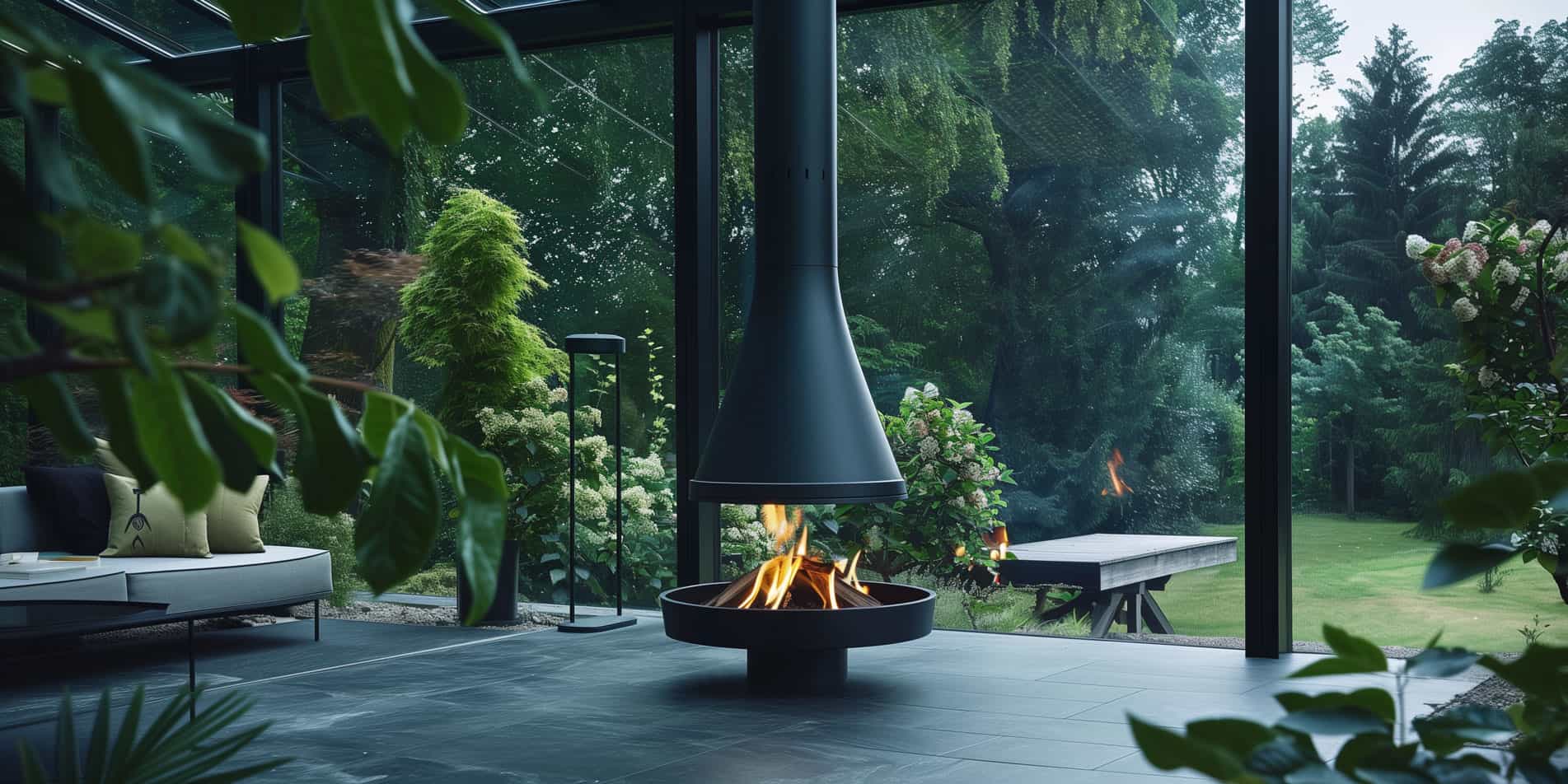
exodraft

